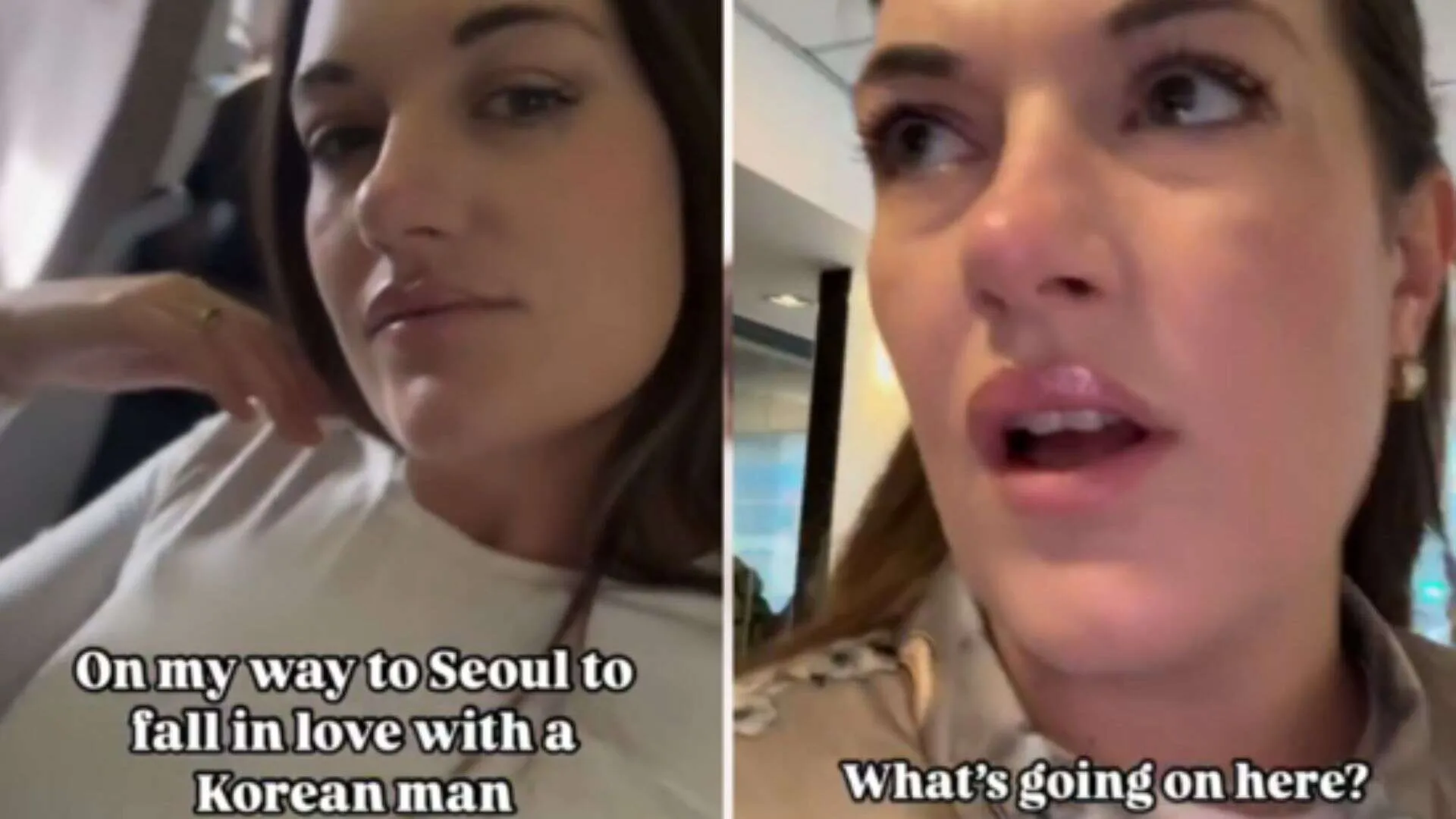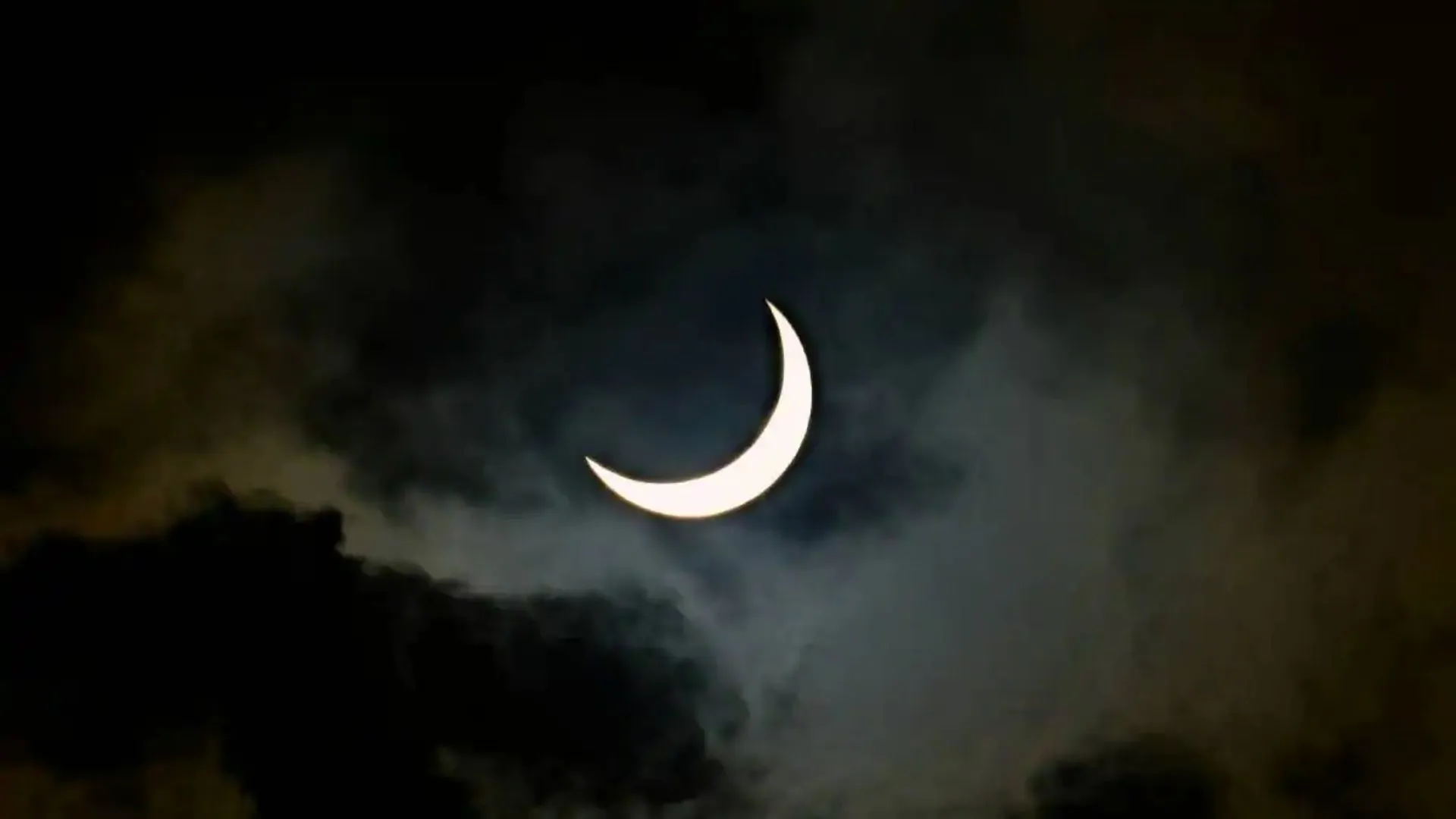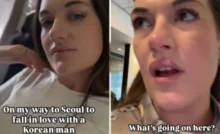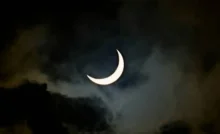Babies are natural learners, constantly picking up clues from their surroundings. A new study published in Developmental Science reveals that infants as young as four months old can distinguish how sounds are made, even from languages they have never encountered. This challenges the previous belief that babies start recognizing language patterns only after six months.
How Babies Identify Language Sounds
During their first year, infants undergo a process called perceptual attunement, where they gradually focus on the sounds of their native language while losing sensitivity to unfamiliar sounds. However, this new study suggests that before this narrowing begins, babies are already learning how sounds are physically produced.
For instance, they can differentiate between:
- Hindi phonetic contrasts that English-speaking adults find difficult.
- Mandarin tones, even if they grow up in an English-speaking household.
The Experiment: Learning Mini-Languages
Researchers tested 34 babies (aged 4-6 months) by exposing them to two made-up languages:
- One language used lip sounds like “b” and “v.”
- The other used tongue-tip sounds like “d” and “z.”
Each word, such as “bivawo” or “dizalo,” was paired with a cartoon image (a jellyfish for lip sounds and a crab for tongue-tip sounds). After learning these pairings, the babies watched silent videos of a person speaking the same mini-languages.
Findings: Babies Connect Sound & Sight
The babies looked longer at videos where the speaker’s mouth movements matched the sound pattern they had learned earlier. This suggests they were actively learning the rules of the languages, not just passively listening.
Why This Matters
These findings have significant implications:
- Babies start learning how sounds are made much earlier than previously believed.
- This skill lays the foundation for future speech and language development.
- Early detection of language learning difficulties could help in speech delay interventions.
Future Research Directions
This discovery raises new questions, such as:
- Can babies recognize voicing differences (e.g., “b” vs. “p”) at four months?
- How does growing up bilingual impact this ability?
- Can infants use this skill to learn entirely new languages?
Understanding these aspects could revolutionize early childhood education and speech therapy.









